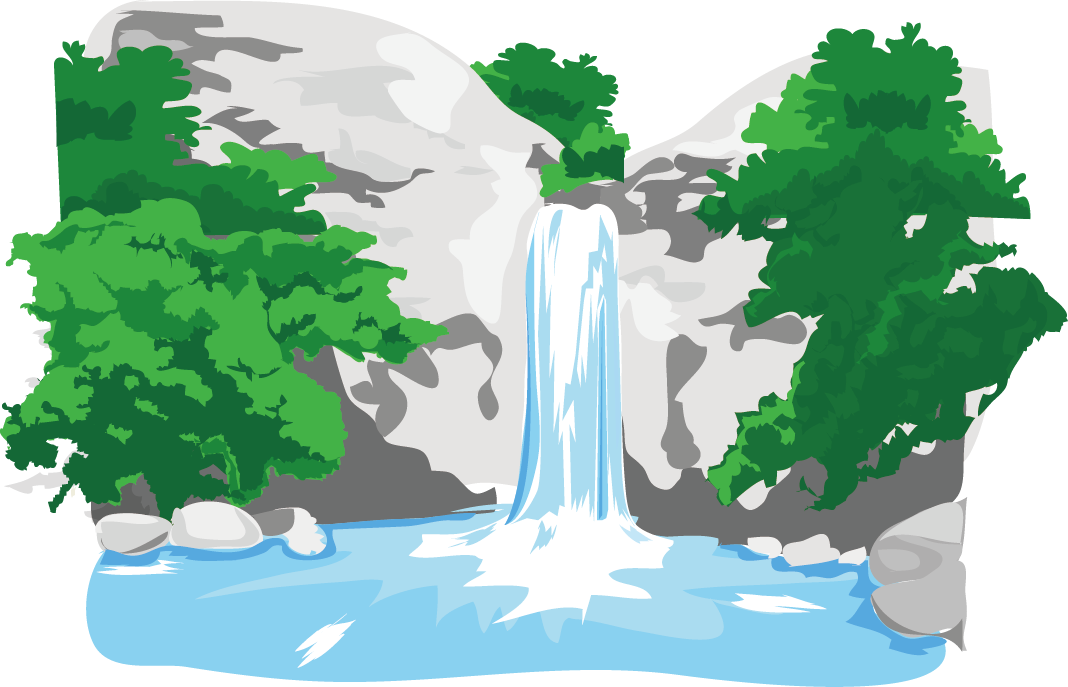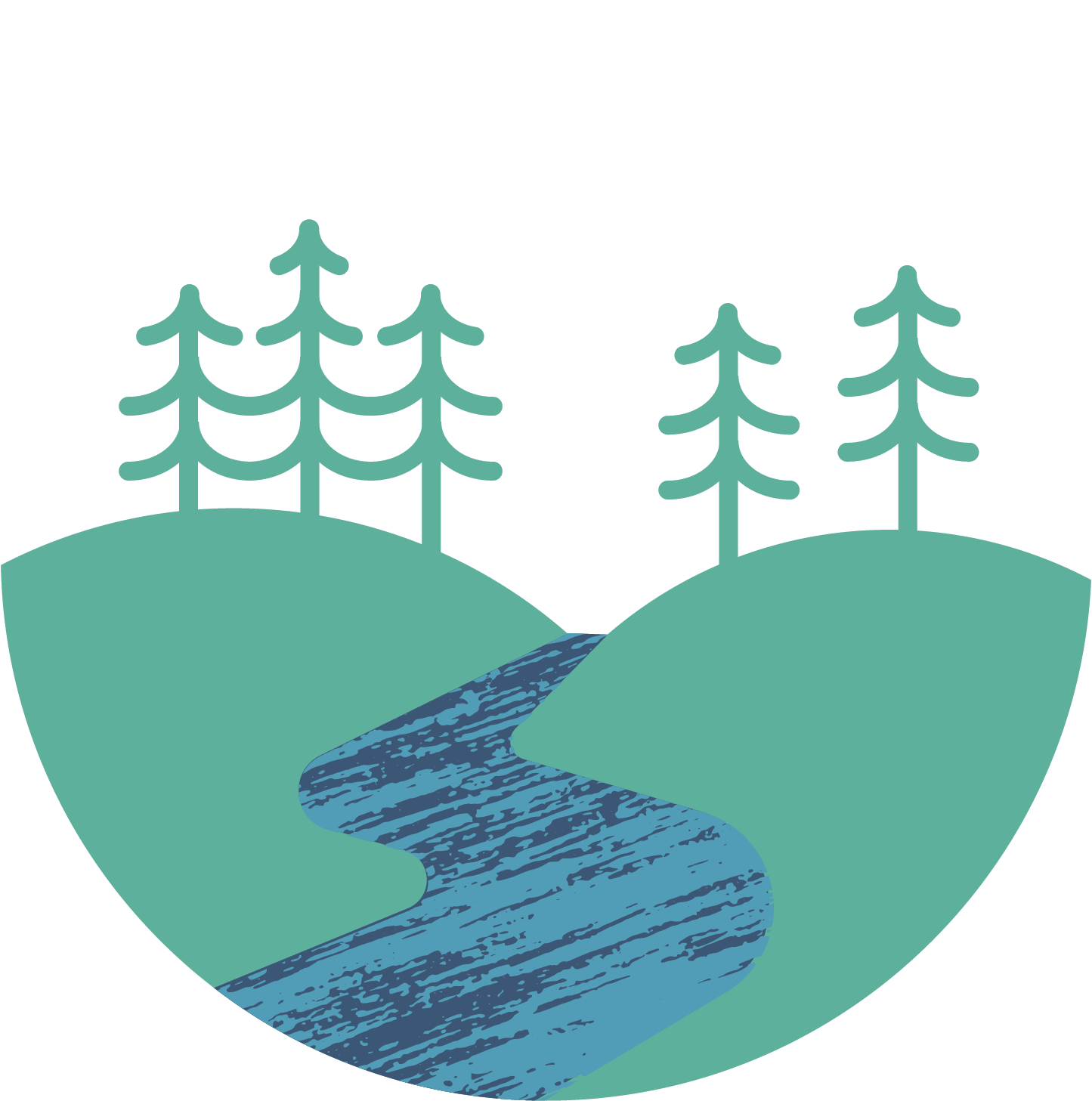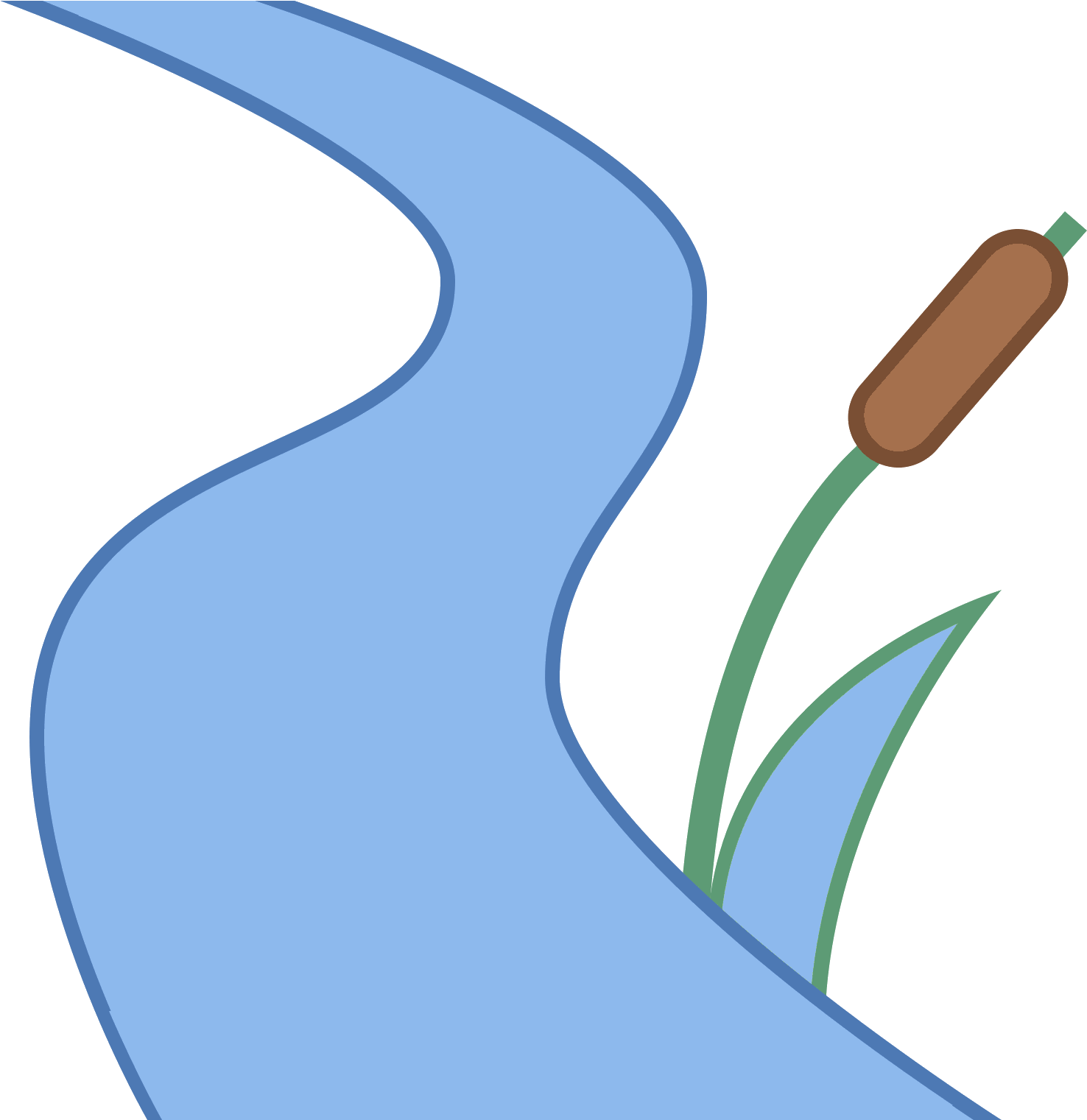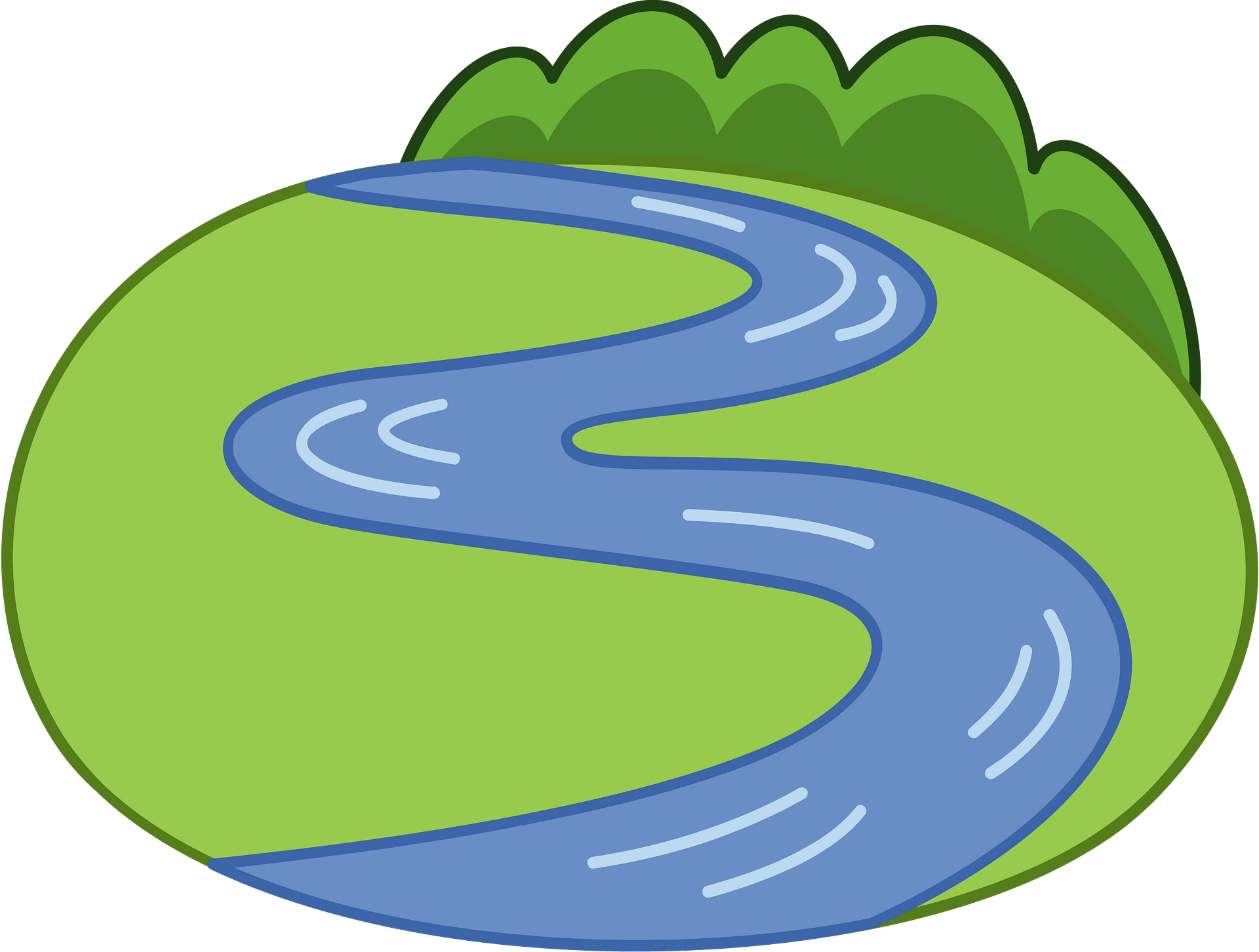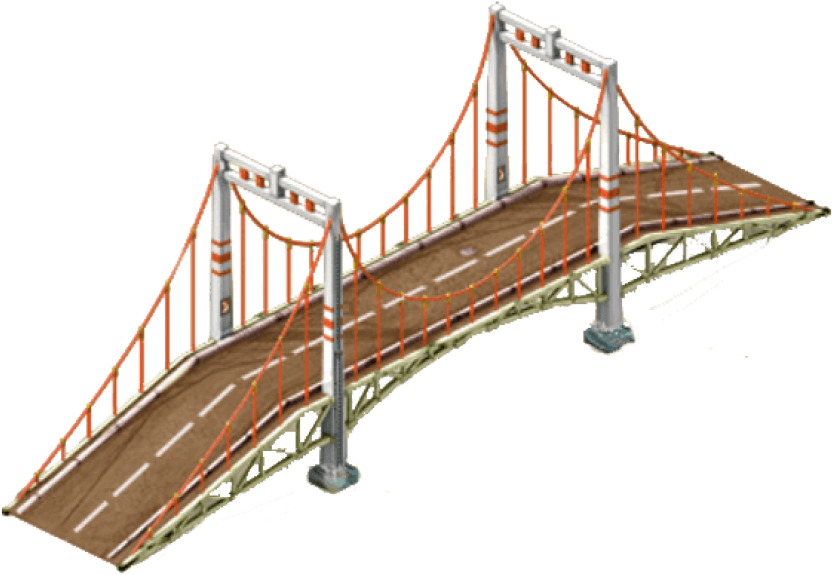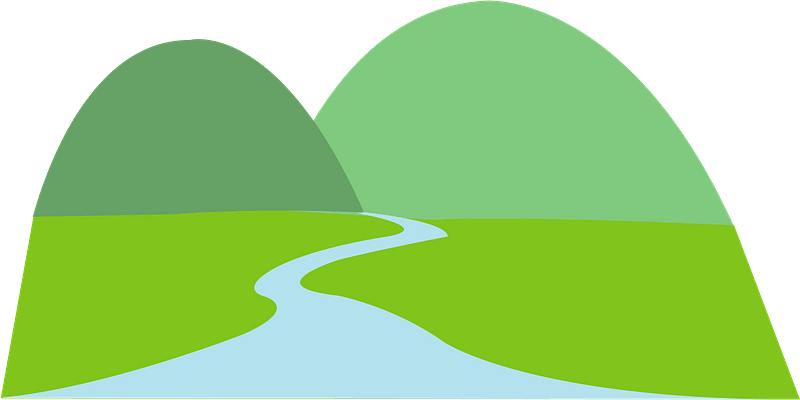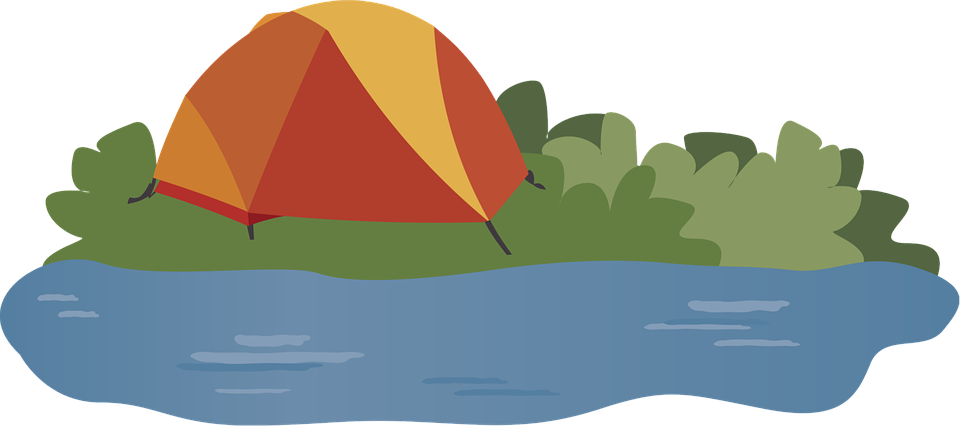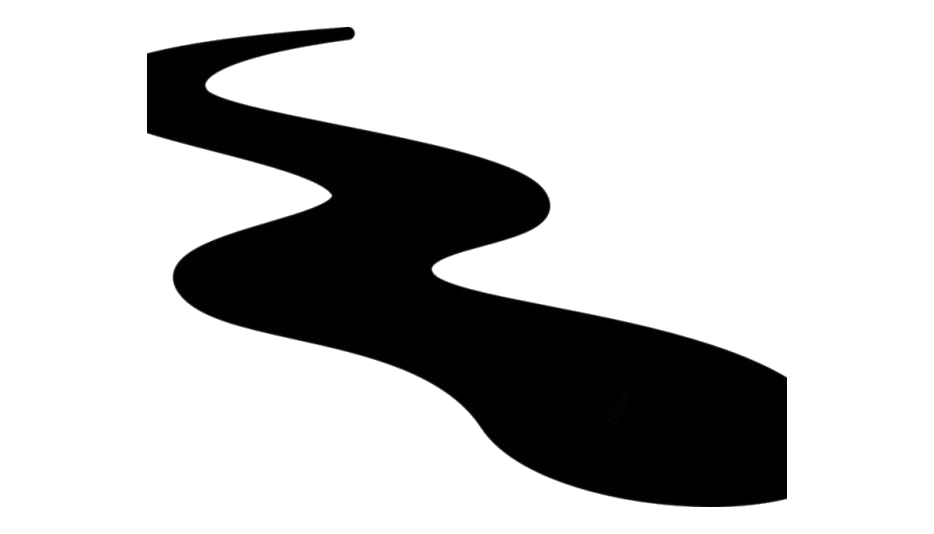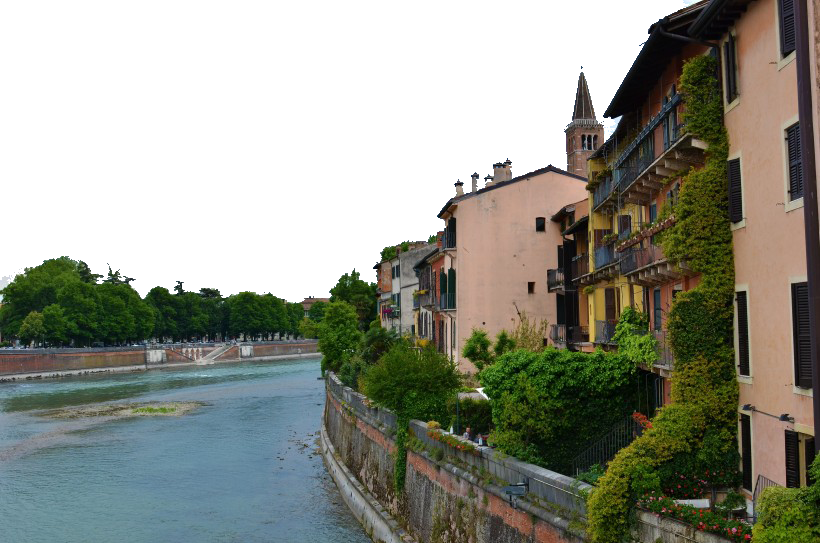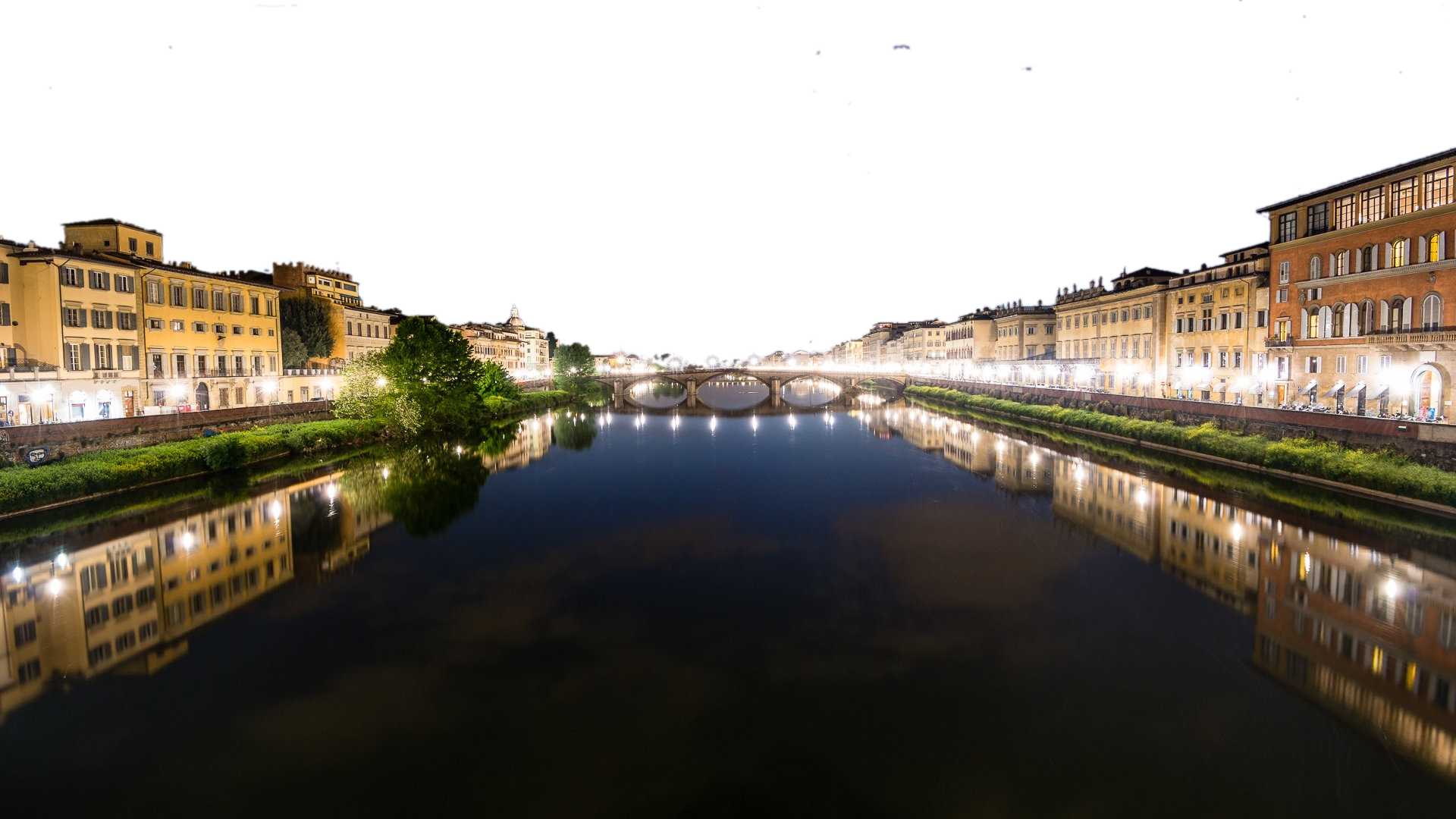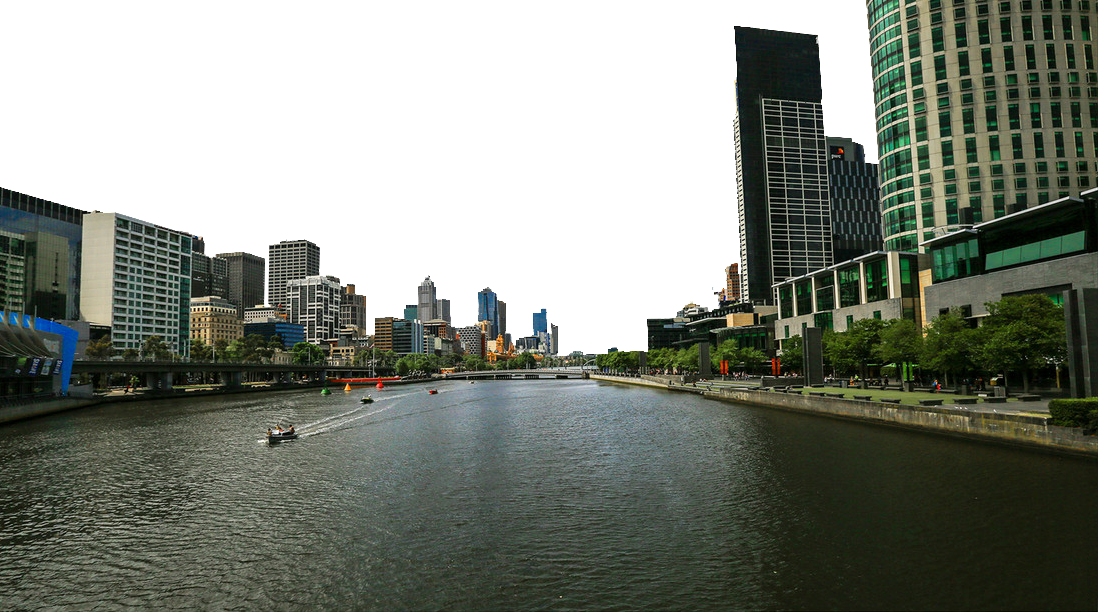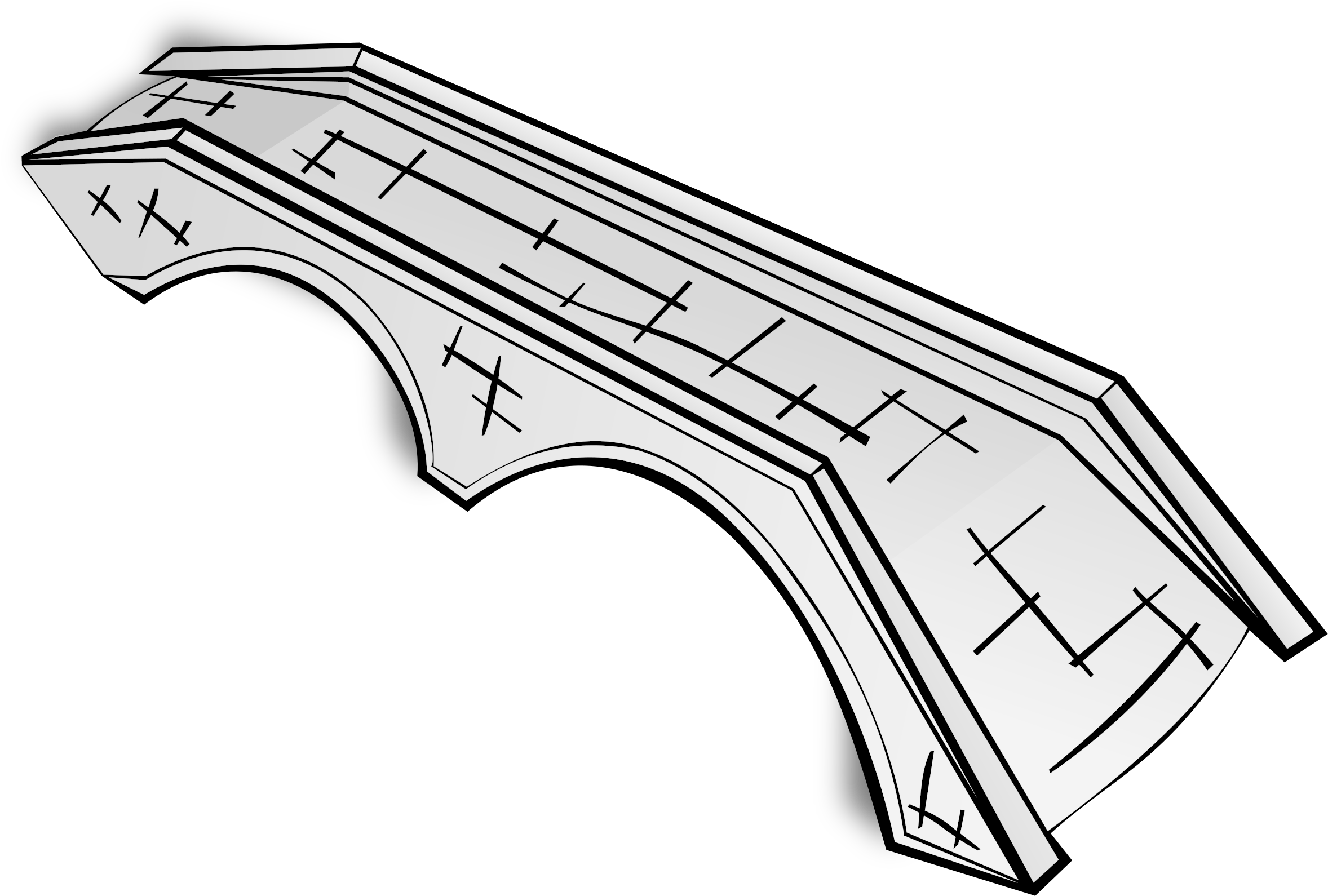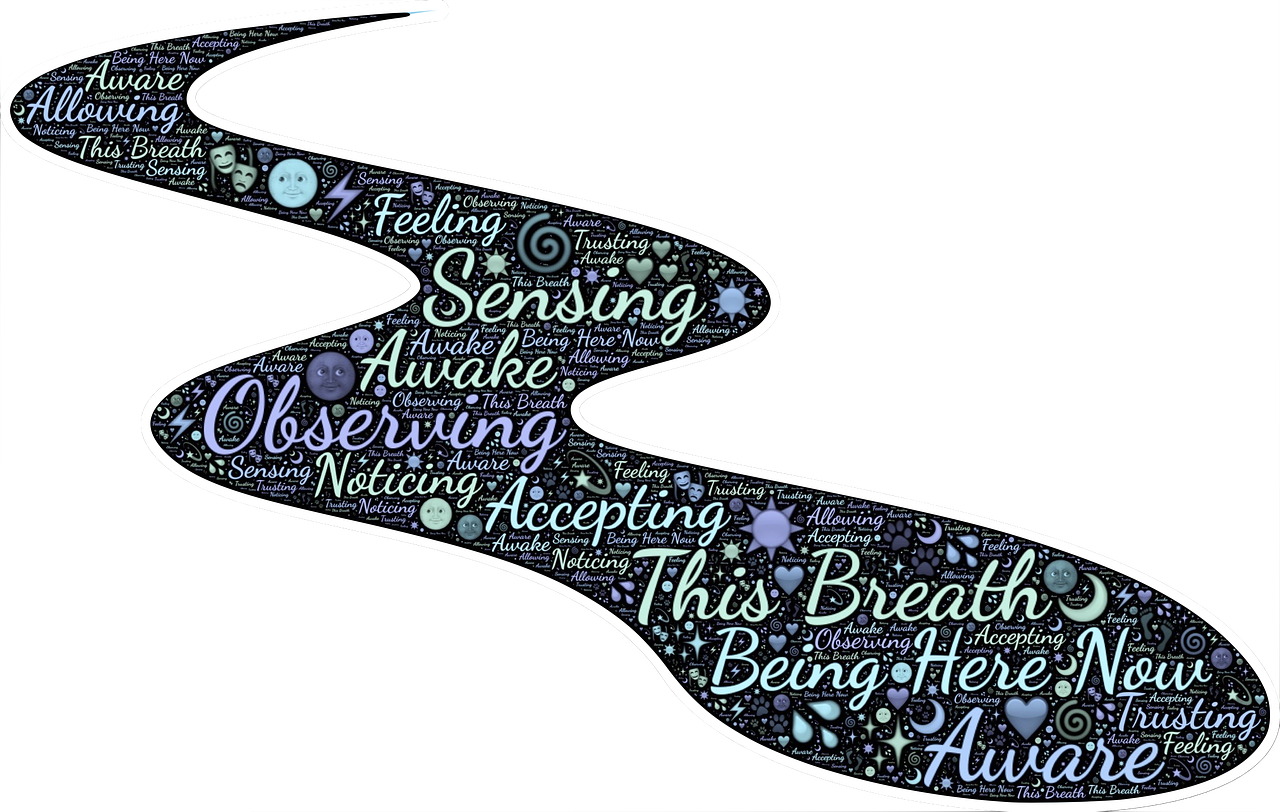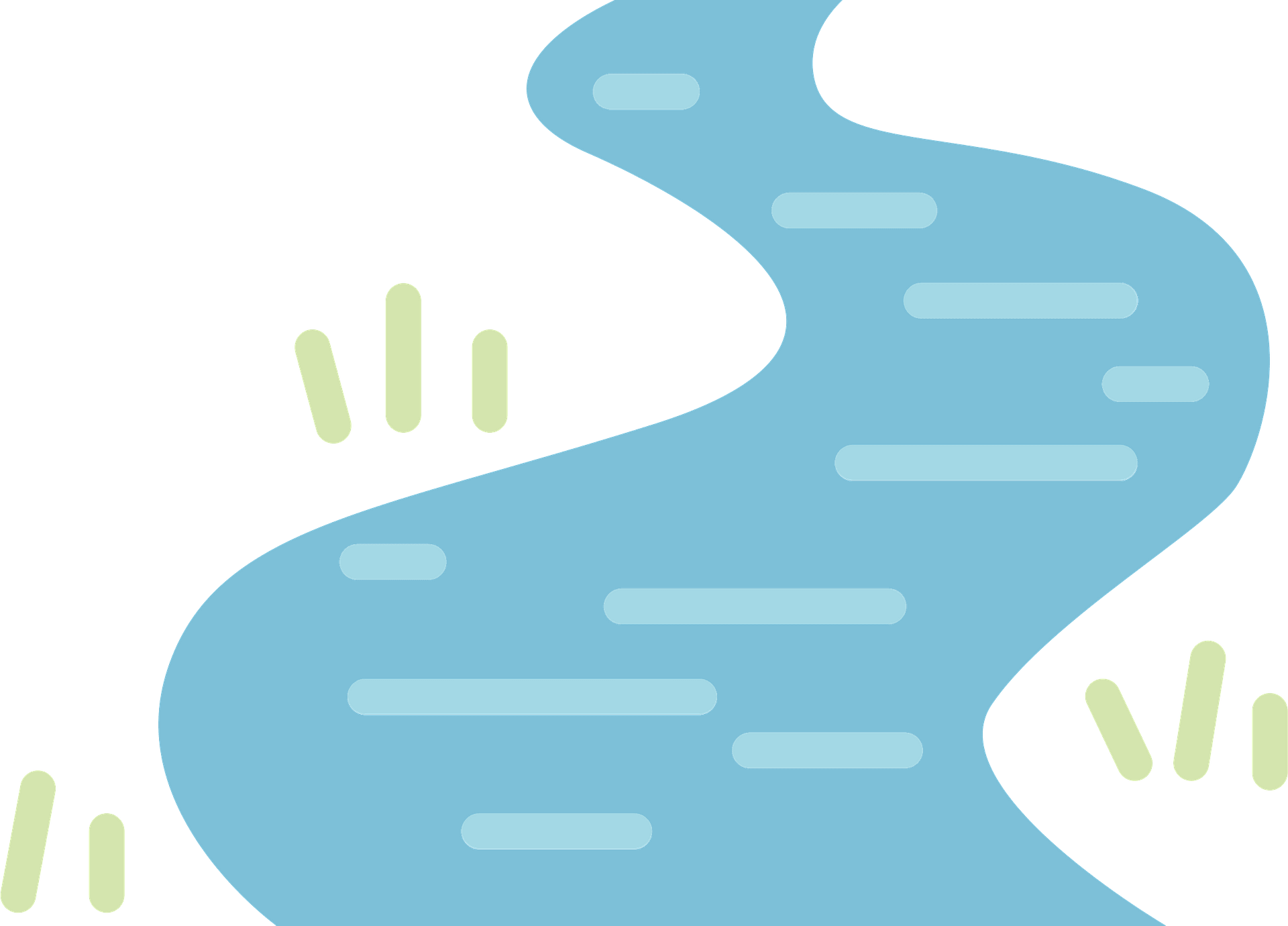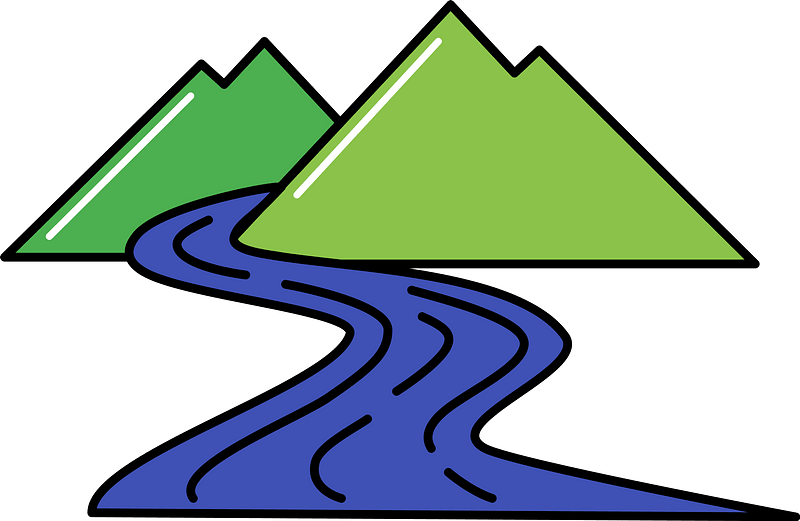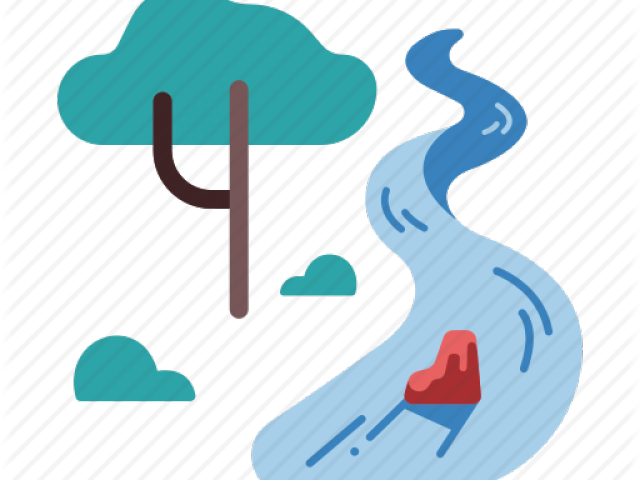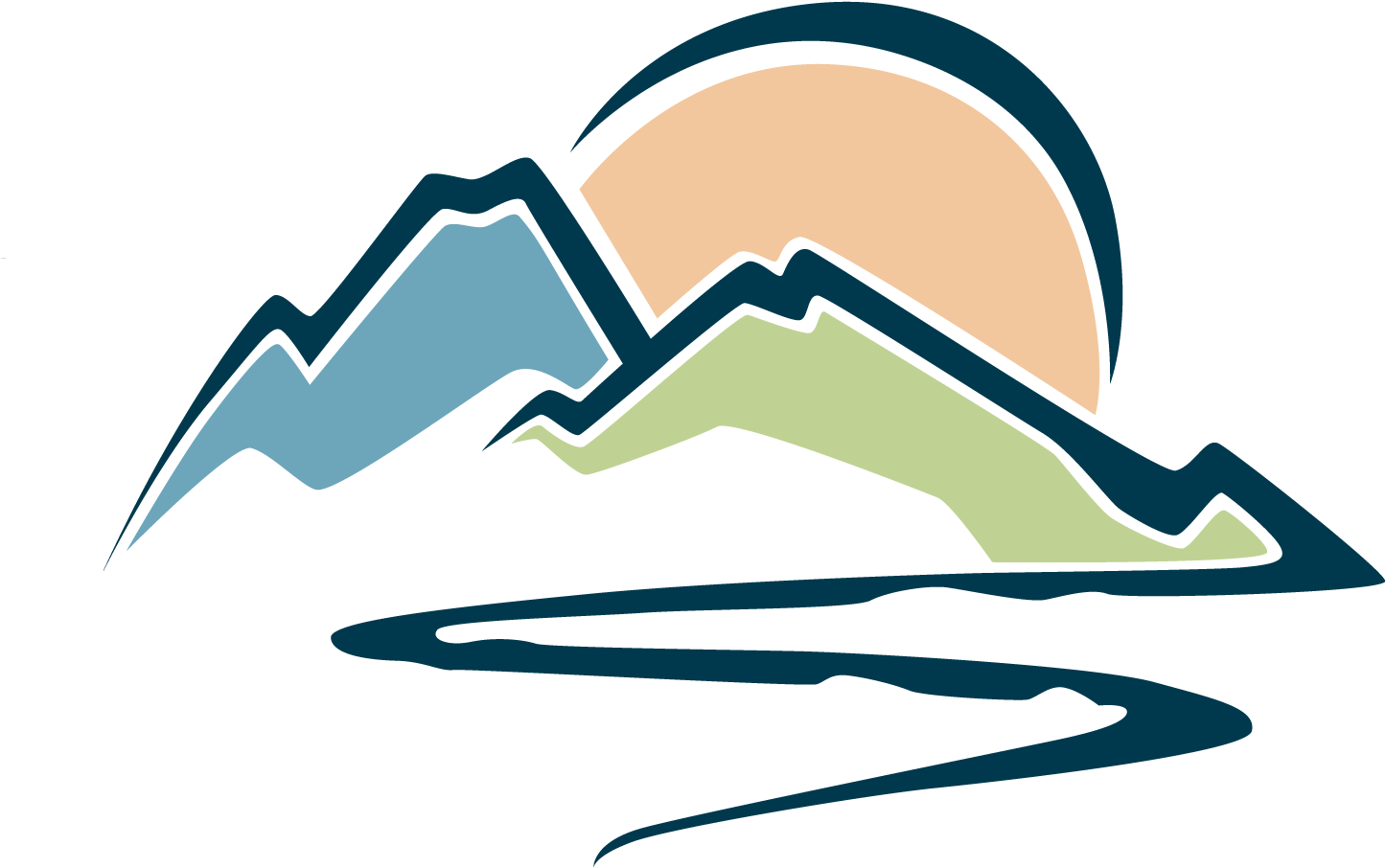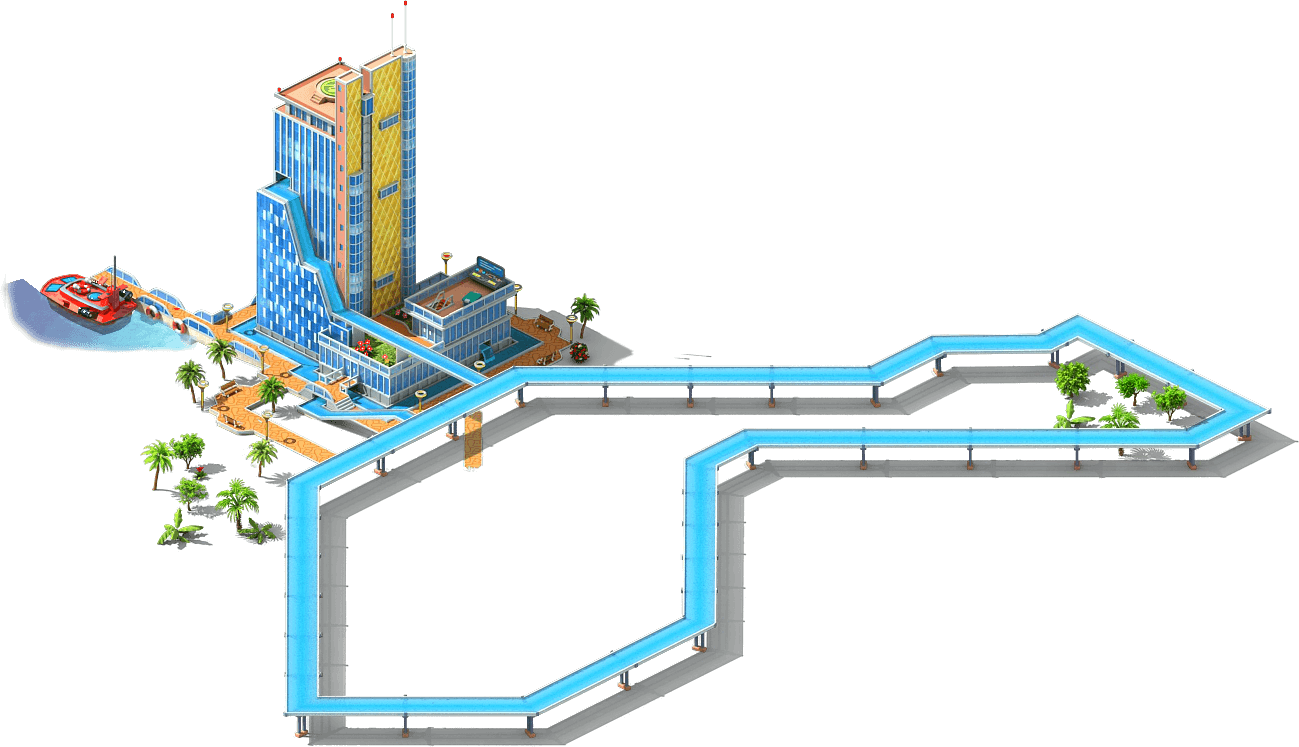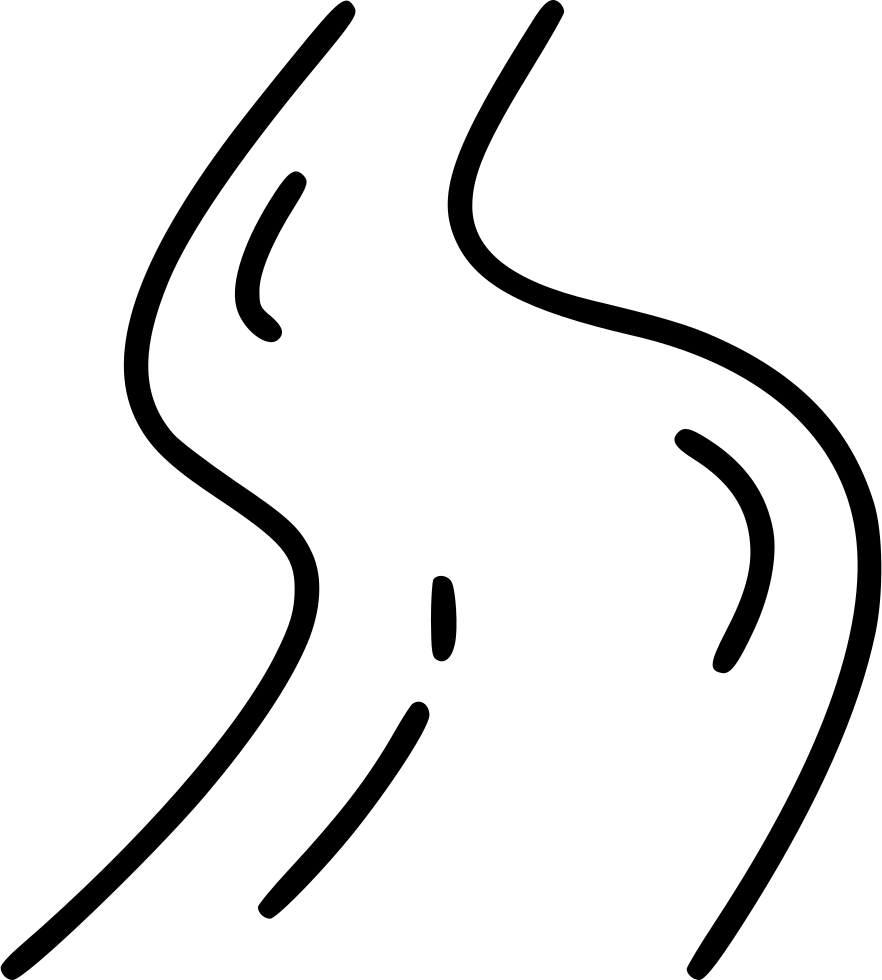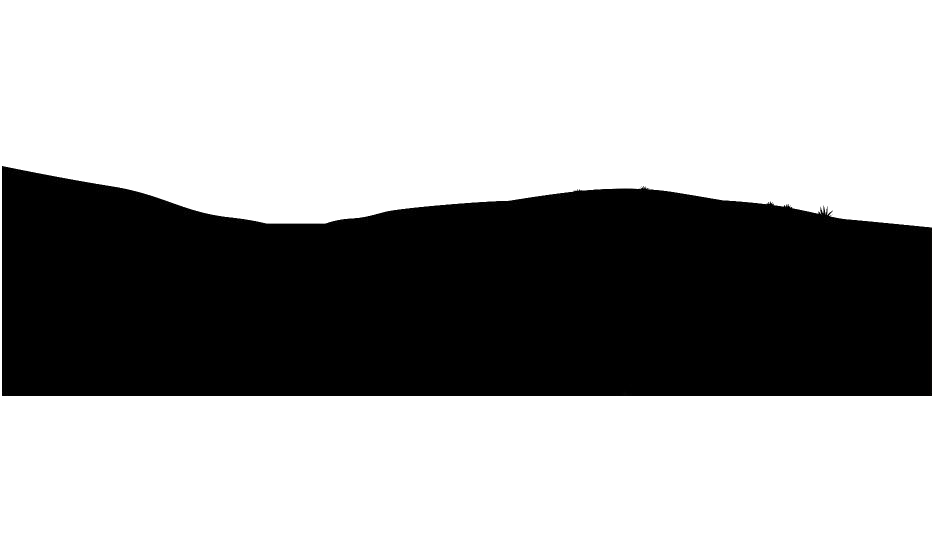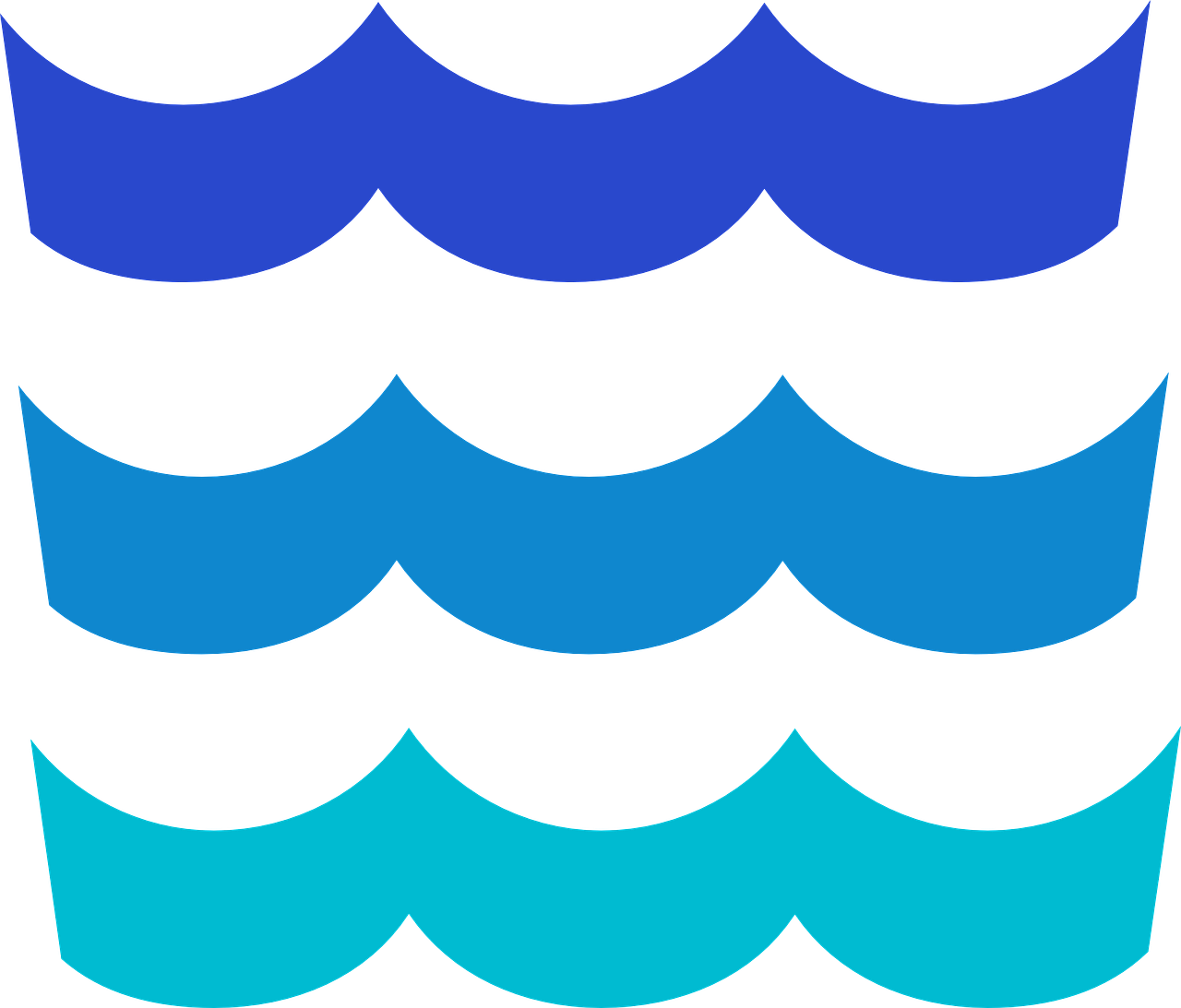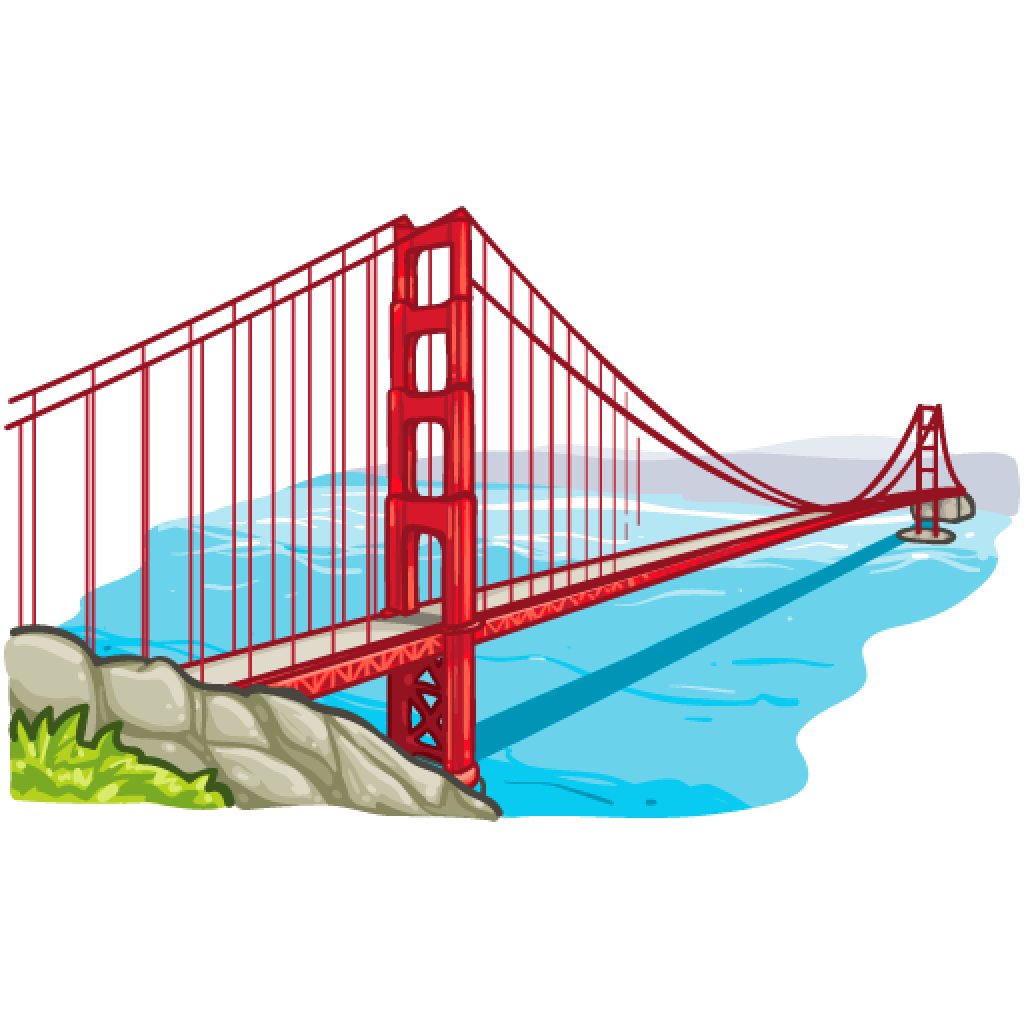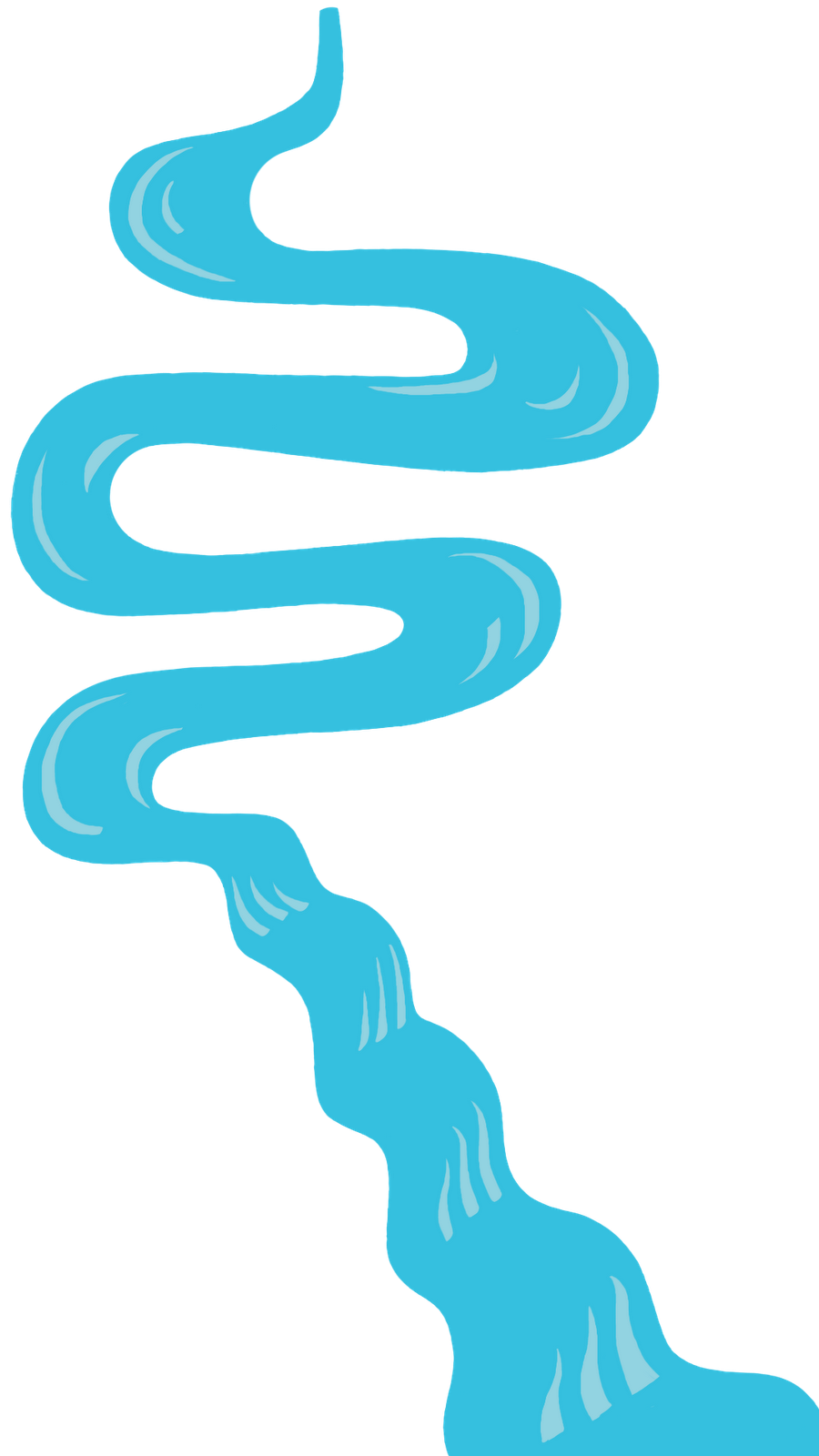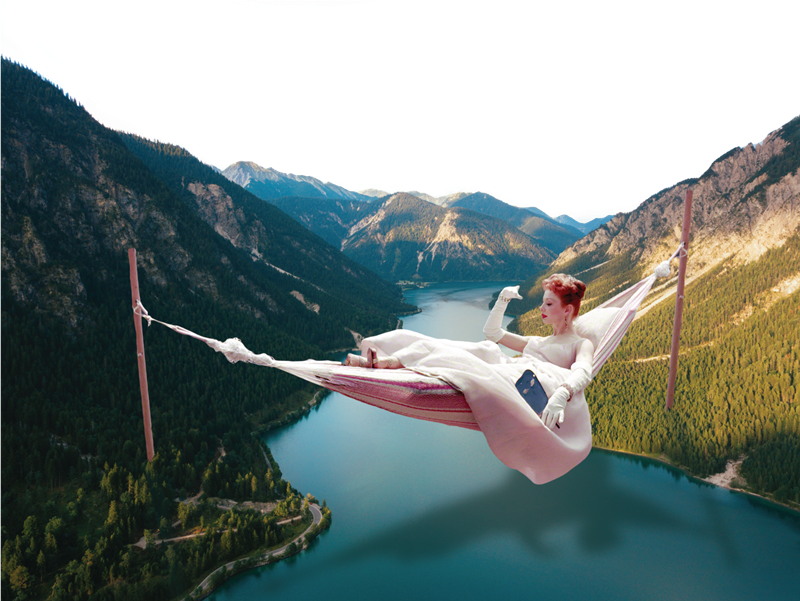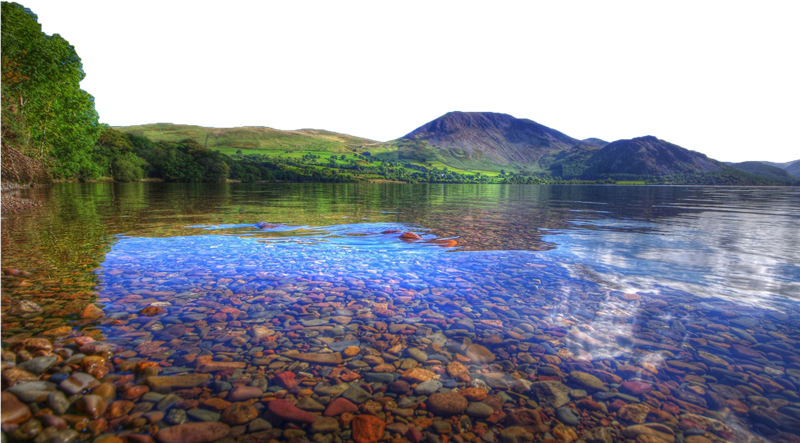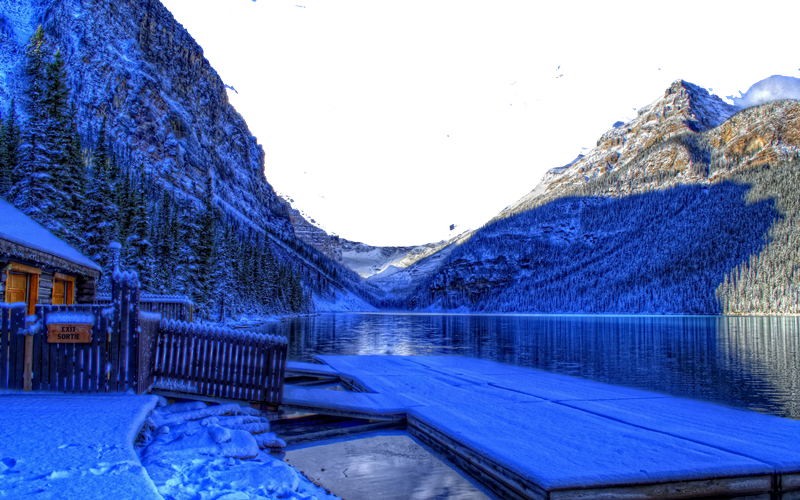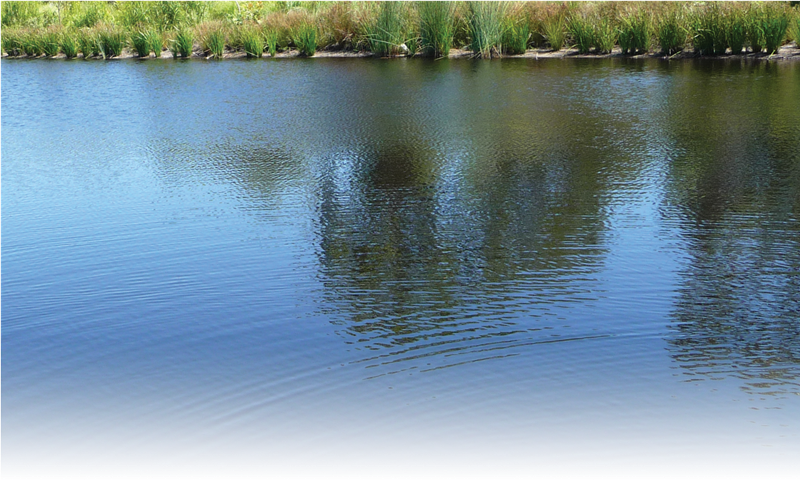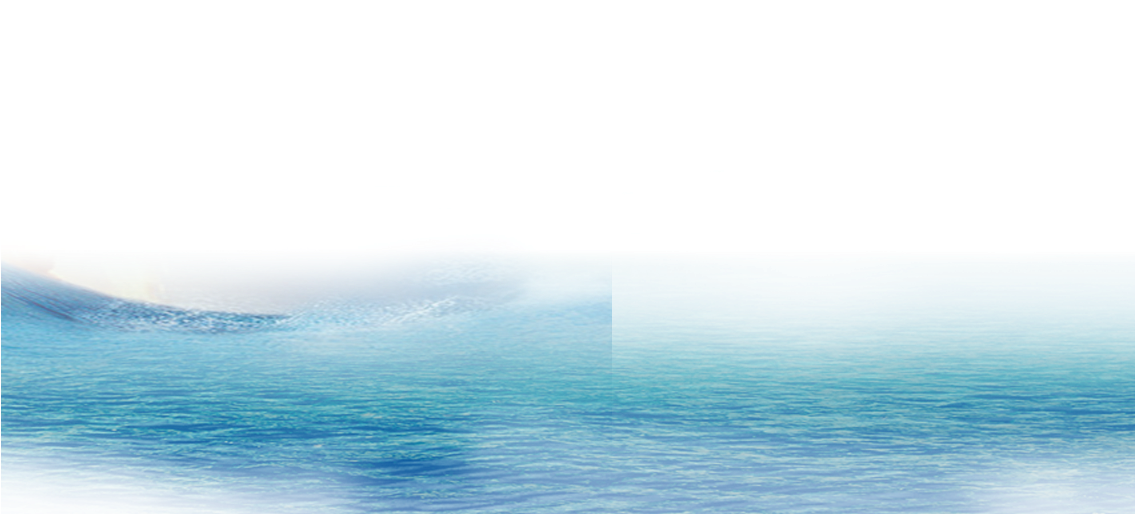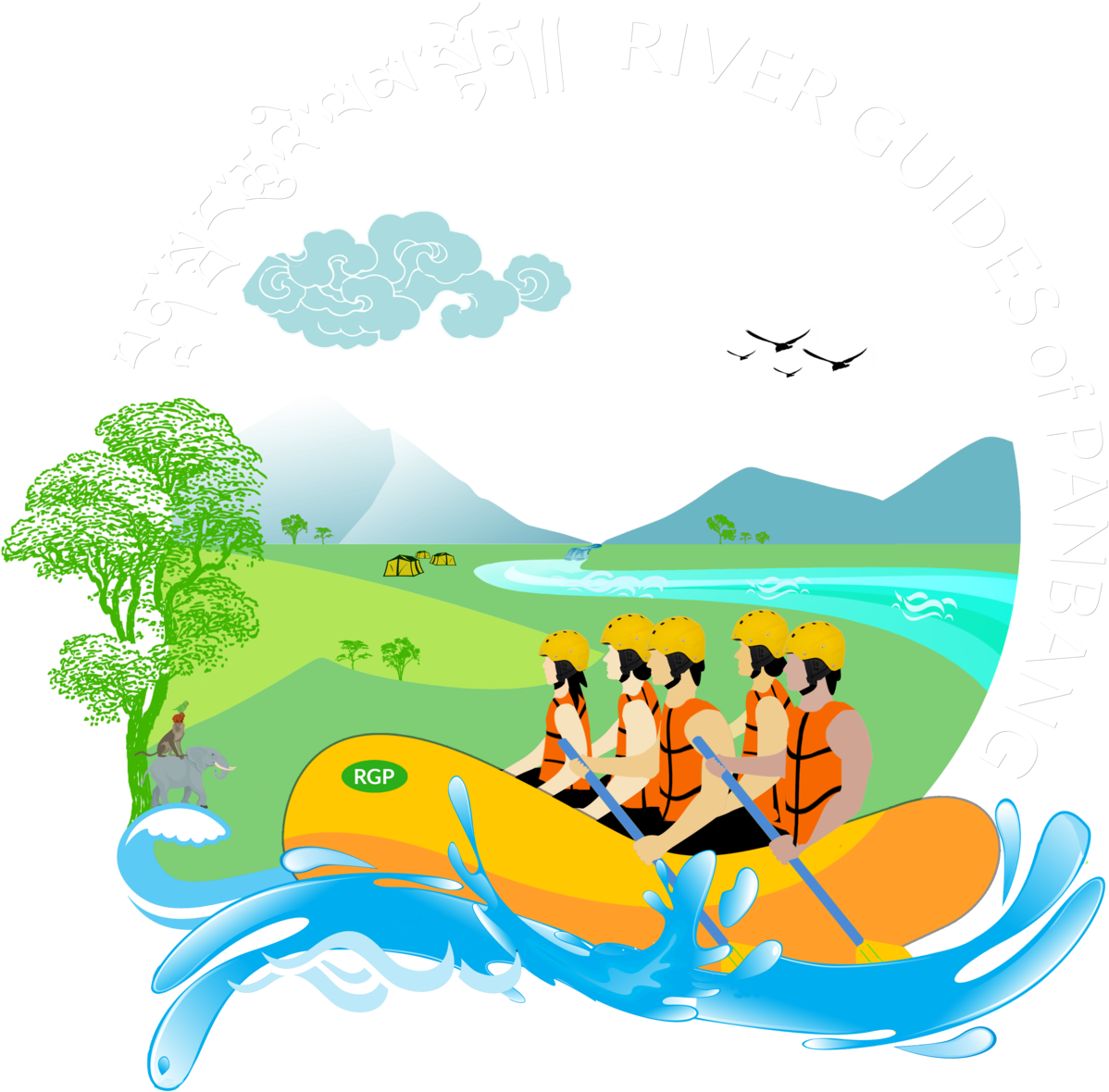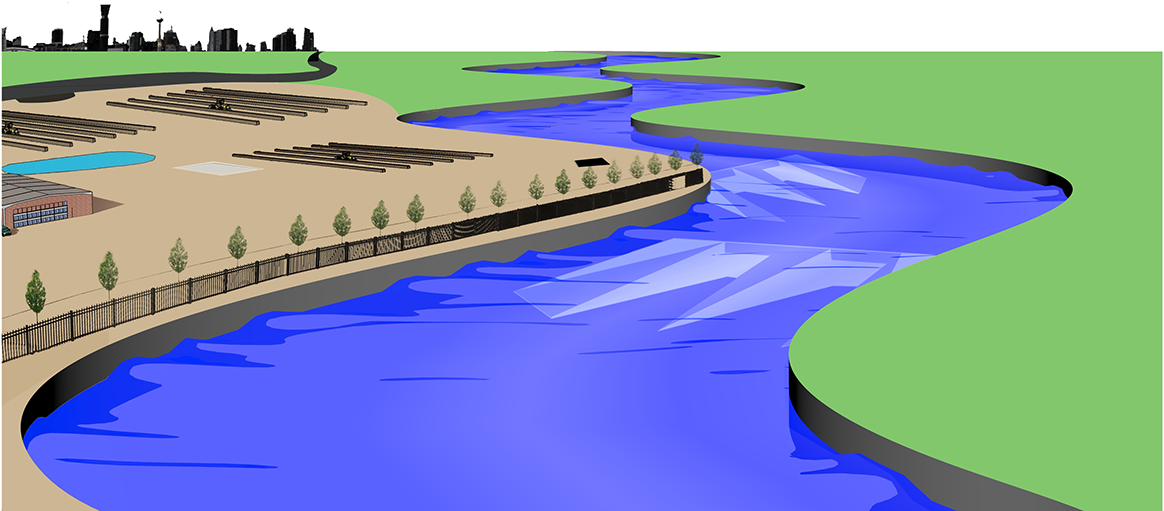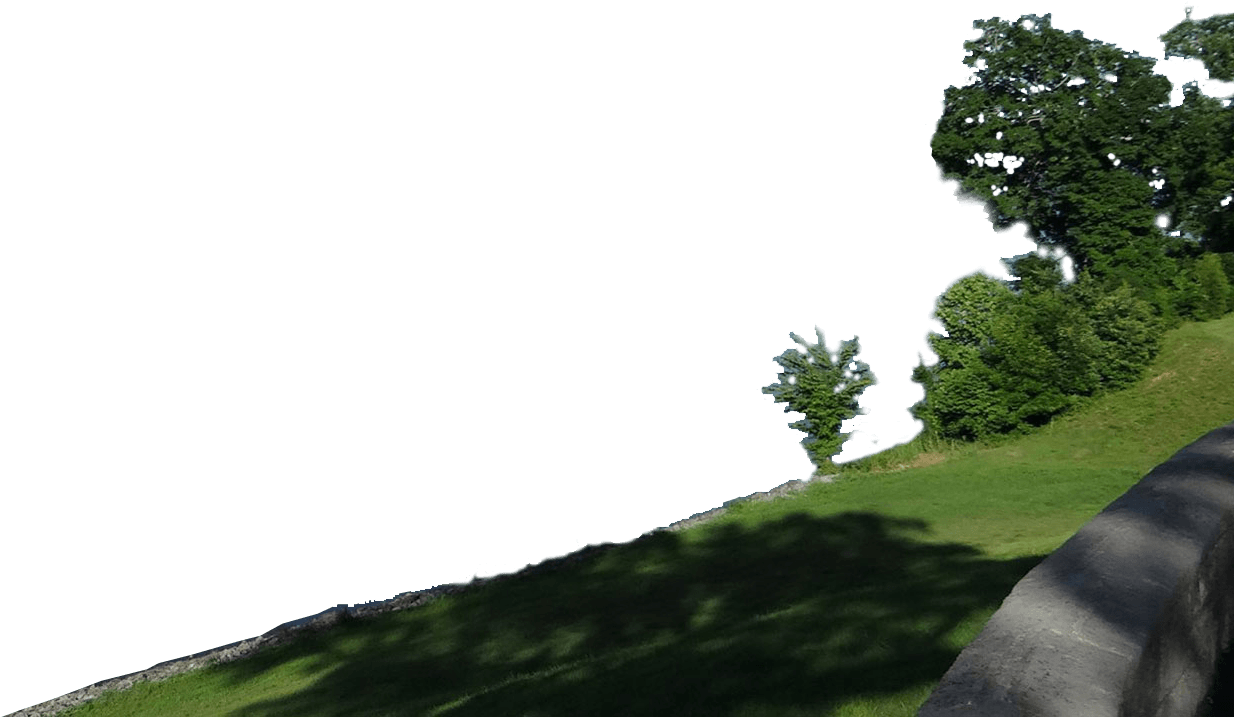Download top and best high-quality free River PNG Transparent Images backgrounds available in various sizes. To view the full PNG size resolution click on any of the below image thumbnail.
License Info: Creative Commons 4.0 BY-NC
A river is a naturally flowing watercourse that flows towards an ocean, sea, lake, or another river, and is generally freshwater. A river may run into the earth and become dry at the end of its course before reaching another source of water in rare situations. Streams, creeks, brooks, rivulets, and rills are all terms used to describe small rivers.
Although in certain nations or communities, a stream is defined by its size, there are no formal definitions for the general word river as applied to geographic features. Many minor river names are regionally distinctive; for example, “run” is used in some regions of the United States, “burn” is used in Scotland and northeast England, and “beck” is used in northern England. A river is sometimes defined as being larger than a stream, although this is not necessarily the case: the terminology is ambiguous.
The hydrological cycle includes rivers. Water gathers in a river through surface runoff and other sources such as groundwater recharge, springs, and the release of stored water in natural ice and snowpacks via a drainage basin (e.g., from glaciers).
Rivers and streams are commonly thought of as important landscape features, yet they only cover around 0.1 percent of the surface on the planet. The fact that many human towns and civilizations are constructed around freshwater provided by rivers and streams makes them more apparent and significant to people. Most of the world’s largest cities are located on the banks of rivers, which are or were utilized as a supply of water, a means of transportation, a boundary, a defensive measure, a source of hydropower to run equipment, a place to bathe, and a place to dispose of garbage.
Limnology is the study of inland waterways in general, whereas potamology is the scientific study of rivers.
A river starts from a source (or multiple sources), continues a course, and eventually terminates at a mouth or mouths. A river’s water is generally contained within a channel, which is formed by a stream bed between two banks. Floodwaters overtopping the channel frequently create a broader floodplain in larger rivers. In comparison to the size of the river channel, floodplains might be rather large. The line between river channel and floodplain can be blurred, especially in metropolitan regions where a river channel’s floodplain might be heavily developed by housing and industry.
Rivers can produce canyons or gorges by flowing down mountains, across valleys (depressions), or along plains.
The word upriver (or upstream) refers to the direction away from the river’s source, or against the flow. Similarly, the phrase downriver (or downstream) refers to the direction in which the current runs toward the river’s mouth.
The phrase left bank refers to the flow direction of the left bank, whereas right bank refers to the flow direction of the right bank.
A single stream of water generally flows through a river channel, however some rivers flow as multiple interconnected streams of water, resulting in a braided river. Only a few places on the planet, such as New Zealand’s South Island, have extensive braided rivers. Peneplains and some of the bigger river deltas are also home to them. Anastamosing rivers resemble braided rivers and are quite uncommon. They contain several sinuous channels, one of which carries significant amounts of silt. River bifurcation is an uncommon occurrence in which a river splits and the resulting flows end up in different oceans. The bifurcation of the Nerodime River in Kosovo is an example.
Download River PNG images transparent gallery.
- City River PNG Clipart
Resolution: 1068 × 687
Size: 171 KB
Image Format: .png
Download
- River Transparent
Resolution: 1200 × 1200
Size: 31 KB
Image Format: .png
Download
- River PNG Clipart
Resolution: 1445 × 1457
Size: 93 KB
Image Format: .png
Download
- River PNG Free Download
Resolution: 1476 × 1521
Size: 57 KB
Image Format: .png
Download
- River PNG Free Image
Resolution: 1722 × 384
Size: 70 KB
Image Format: .png
Download
- River PNG File
Resolution: 1920 × 1452
Size: 110 KB
Image Format: .png
Download
- River PNG HD Image
Resolution: 832 × 575
Size: 342 KB
Image Format: .png
Download
- City River PNG Free Download
Resolution: 800 × 400
Size: 10 KB
Image Format: .png
Download
- City River PNG Picture
Resolution: 8000 × 2211
Size: 1919 KB
Image Format: .png
Download
- City River PNG Free Image
Resolution: 960 × 426
Size: 85 KB
Image Format: .png
Download
- River Silhoutte
Resolution: 934 × 534
Size: 48 KB
Image Format: .png
Download
- River Silhouette PNG
Resolution: 984 × 614
Size: 68 KB
Image Format: .png
Download
- City River PNG File
Resolution: 820 × 543
Size: 586 KB
Image Format: .png
Download
- River PNG Pic
Resolution: 1920 × 1080
Size: 1695 KB
Image Format: .png
Download
- River PNG Download Image
Resolution: 1099 × 612
Size: 1034 KB
Image Format: .png
Download
- River Silhouette PNG Image
Resolution: 980 × 835
Size: 26 KB
Image Format: .png
Download
- River PNG High Quality Image
Resolution: 2356 × 1590
Size: 322 KB
Image Format: .png
Download
- River Vector
Resolution: 800 × 710
Size: 41 KB
Image Format: .png
Download
- River Vector PNG
Resolution: 1280 × 812
Size: 960 KB
Image Format: .png
Download
- River Vector PNG Image
Resolution: 1920 × 1380
Size: 38 KB
Image Format: .png
Download
- River Vector Transparent
Resolution: 800 × 521
Size: 20 KB
Image Format: .png
Download
- River Vector PNG Clipart
Resolution: 640 × 480
Size: 83 KB
Image Format: .png
Download
- River Silhoutte Transparent
Resolution: 1846 × 1584
Size: 35 KB
Image Format: .png
Download
- River Vector PNG Free Download
Resolution: 1446 × 906
Size: 41 KB
Image Format: .png
Download
- River Vector PNG Picture
Resolution: 1299 × 747
Size: 200 KB
Image Format: .png
Download
- River Vector PNG Free Image
Resolution: 1155 × 627
Size: 87 KB
Image Format: .png
Download
- River Vector PNG File
Resolution: 882 × 980
Size: 61 KB
Image Format: .png
Download
- River Vector PNG HD Image
Resolution: 934 × 534
Size: 18 KB
Image Format: .png
Download
- River Vector PNG Pic
Resolution: 1280 × 1093
Size: 145 KB
Image Format: .png
Download
- River Vector PNG Download Image
Resolution: 677 × 720
Size: 60 KB
Image Format: .png
Download
- River Vector PNG High Quality Image
Resolution: 1024 × 1024
Size: 86 KB
Image Format: .png
Download
- River Vector PNG Images
Resolution: 900 × 1600
Size: 197 KB
Image Format: .png
Download
- City River PNG Image
Resolution: 800 × 601
Size: 966 KB
Image Format: .png
Download
- City River PNG
Resolution: 800 × 443
Size: 784 KB
Image Format: .png
Download
- City River Transparent
Resolution: 800 × 500
Size: 917 KB
Image Format: .png
Download
- City River
Resolution: 800 × 480
Size: 982 KB
Image Format: .png
Download
- River
Resolution: 800 × 458
Size: 439 KB
Image Format: .png
Download
- River PNG
Resolution: 1135 × 514
Size: 817 KB
Image Format: .png
Download
- River PNG Picture
Resolution: 1198 × 1180
Size: 547 KB
Image Format: .png
Download
- River PNG Images
Resolution: 793 × 1072
Size: 796 KB
Image Format: .png
Download
- River PNG Image File
Resolution: 1164 × 511
Size: 377 KB
Image Format: .png
Download
- River PNG Image
Resolution: 1234 × 717
Size: 283 KB
Image Format: .png
Download
